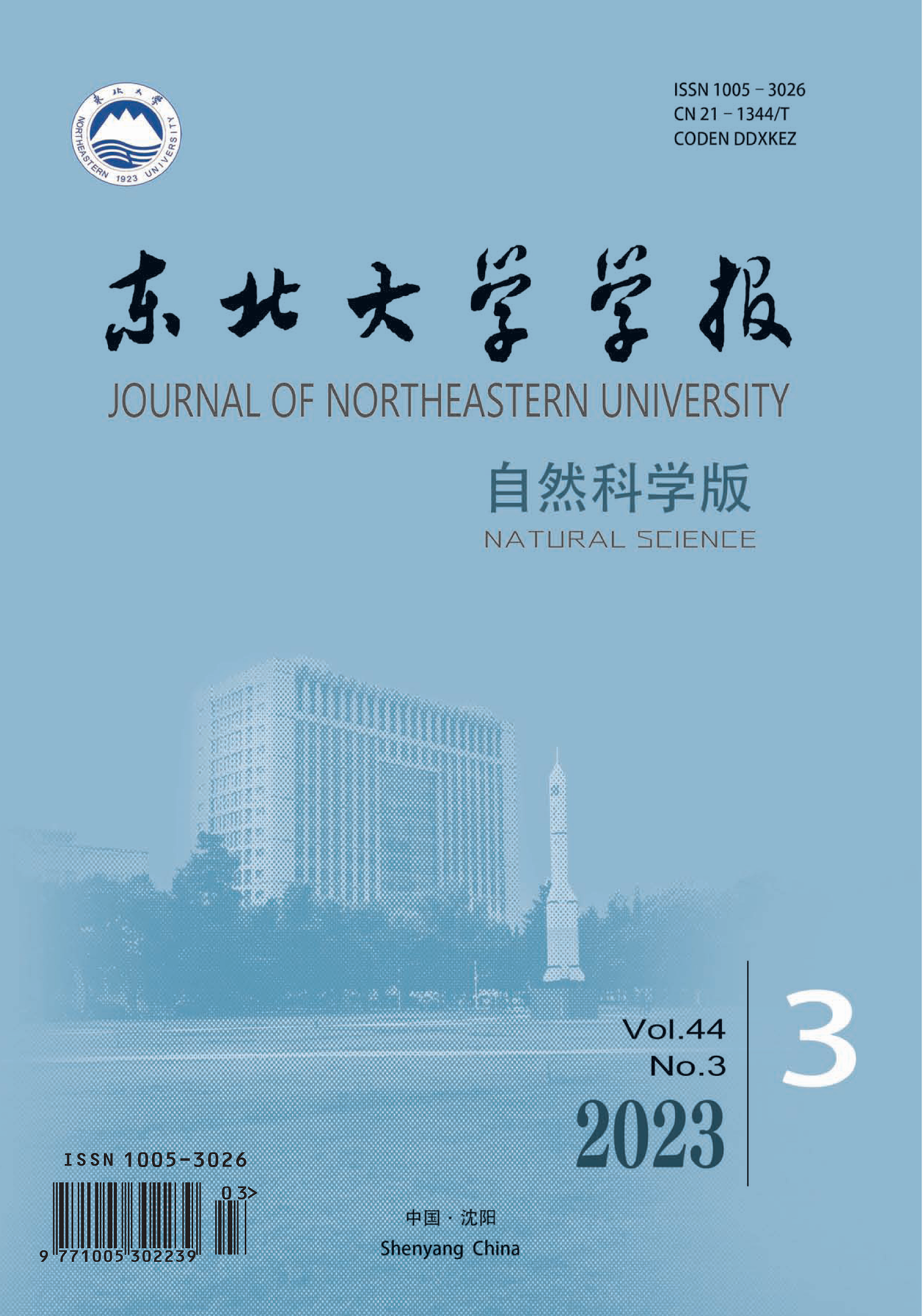|
|
Analyzing catastrophe tendency of AS-level internet topology
Yang, Bo (1); Zhao, Hai (1); Zhang, Jun (1); Sun, Hua-Li (1)
2011, 32 (3):
376-379+406.
DOI: -
AS-level CAIDA data analysis conducted from January 2009 to April 2010 found that network size, degree correlations, and clustering all tend to increase with time. According to the concept of k-core, the Internet topology was divided into different cores at the AS level. Quantities of primary characteristics were analyzed, including degree distribution, node number, node correlations, and sums of node degree in each shell. Node number in lower shells decreased but connection probability increased. The primary factor affecting network connectivity was changes in sums of degree in middle shells. Catastrophe changes in the network create an unstable state, but stability is gradually restored. The concept of Internet standard structure entropy is proposed based on the concept of entropy, thus further validating that when effects of small fluctuations on the topology accumulate to a certain point, the system will produce a ″giant fluctuation″, causing mutation of characteristic quantities.
References |
Related Articles |
Metrics
|

